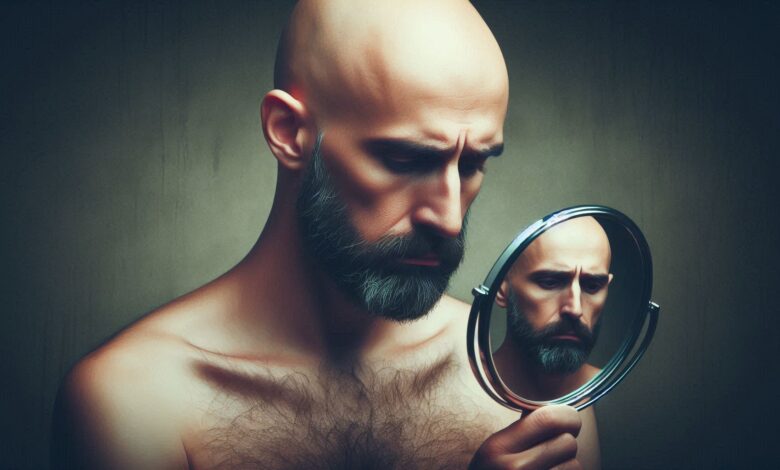Baldness
Reasons for Baldness: Why and How can it Affect You?

Hair loss and baldness can occur due to various factors, both genetic and non-genetic. Here are some common reasons why people experience hair loss and baldness:
1. Genetics (Androgenetic Alopecia):
- Male Pattern Baldness: This is the most common cause of hair loss in men. It is inherited and typically results in a receding hairline and thinning at the crown.
- Female Pattern Baldness: Women can also inherit a genetic predisposition to hair thinning and baldness, although it usually manifests as diffuse thinning over the crown.
2. Hormonal Changes:
- Androgen Hormones: Imbalances or sensitivity to androgens (such as dihydrotestosterone or DHT) can lead to hair follicle miniaturization and eventual hair loss.
- Menopause: Hormonal changes during menopause can contribute to hair thinning and loss in women.
3. Medical Conditions:
- Alopecia Areata: An autoimmune condition where the immune system mistakenly attacks hair follicles, leading to sudden hair loss in patches.
- Thyroid Disorders: Both hypothyroidism and hyperthyroidism can cause hair thinning and loss.
- Scalp Infections: Fungal infections (like ringworm) and other scalp conditions can cause temporary or permanent hair loss if not treated promptly.
4. Medical Treatments:
- Chemotherapy: Cancer treatments like chemotherapy target rapidly dividing cells, including hair follicles, leading to temporary hair loss.
- Radiation Therapy: Radiation therapy, especially when directed at the head, can cause hair loss in the treated area.
5. Nutritional Deficiencies:
- Iron Deficiency (Anemia): Inadequate iron levels can disrupt normal hair growth cycles and contribute to hair loss.
- Vitamin D Deficiency: Insufficient vitamin D may impact hair follicle health and contribute to hair thinning.
6. Stress and Lifestyle Factors:
- Physical or Emotional Stress: Significant stress can trigger a type of hair loss called telogen effluvium, where hair follicles prematurely enter the resting (telogen) phase and shed more than usual.
- Poor Diet: Diets lacking in essential nutrients can impact hair health and contribute to hair loss.
7. Age:
- Natural Aging Process: As we age, hair follicles can shrink and produce finer, shorter hairs, leading to overall thinning.
8. Hair Care Practices:
- Overstyling: Excessive use of hair styling products, frequent heat styling (like blow drying and straightening), and tight hairstyles (like ponytails and braids) can cause hair breakage and traction alopecia.
Conclusion:
Hair loss and baldness can result from a combination of genetic predisposition, hormonal factors, medical conditions, lifestyle choices, and aging. Understanding the underlying cause is essential for determining the appropriate treatment or management approach. Consulting with a healthcare professional or dermatologist can help identify the specific cause of hair loss and develop a personalized plan to address it effectively.
